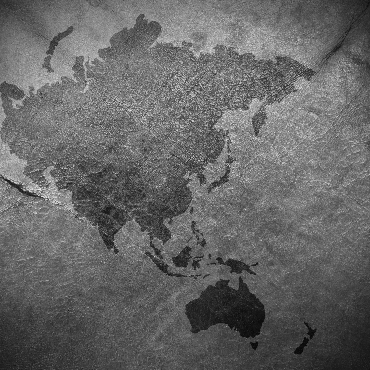FOGGY BOTTOM: PYONGYANG STILL PURSUES BIOWEAPONS
Despite being a signatory to the 1972 Biological Weapons Convention, North Korea continues to possess an active, covert biological weapons program, a new State Department assessment has concluded. According to the Department's April 2025 report on global arms control compliance, "the DPRK has a dedicated, national-level offensive [biological weapons] program" and possesses "the technical capability to produce bacteria, viruses, and toxins that could be used as BW [biological weapons] agents," along with the ability to genetically engineer biological material.
Most concerning, according to the report, is North Korea's ability to deploy these capabilities using unconventional or covert delivery systems. "Pyongyang probably is capable of weaponizing BW agents with unconventional systems such as sprayers and poison pen injection devices, which have been deployed by the DPRK for delivery of chemical weapons and could be used to covertly deliver BW agents," the study details. The North Korean capabilities, moreover, have been in development since the 1960s, signaling a level of significant maturity – despite Pyongyang's official silence on the matter. (Radio Free Asia, April 21, 2025)
WASHINGTON, MANILA CONDUCT "FULL BATTLE TEST"...
In a clear sign of joint planning against potential Chinese hostility, the annual "Balikatan" military exercises between the U.S. and the Philippines grew larger this year, expanding to include what officials called a "full battle test." General Romeo Brawner, chief of staff of the Armed Forces of the Philippines, said the two forces are "now testing all of the plans ... all of the procedures that we have developed in the past years." Part of this year's more extensive exercises was an expansion of island recapture drills in the Batanes, the northernmost archipelago of the Philippines, closest to Taiwan. First carried out in 2023, the drills in the Batanes were extended in duration, lasting 10 days and featuring the first use of anti-ship missiles in the Luzon Strait. Furthermore, the two countries extended their joint Maritime Key Terrain Security Operations (MKTSO) closer to China's disputed "nine-dash line" in the South China Sea, conducting drills just south of Palawan, close to the highly disputed Second Thomas Shoal and Sabina Shoal – both of which have been the focal point of heated clashes between the Philippines and China forces in recent years.
The deepening complexity of the drills follows a 2023 deal between Washington and Manila that provided the U.S. with access to an additional four Philippine military bases. This year's drill also reaffirmed promises by Washington to refocus on the Indo-Pacific, despite initial uncertainty over U.S. foreign policy posture under the second Trump administration. (Financial Times, April 20, 2025)
...AS TIES WITH TOKYO BLOSSOM
Continued Chinese coercion over hotly disputed maritime territorial claims are affecting Philippine foreign policy in another way as well. They have increasingly pushed the country closer to Japan. Leaders of both countries recently met in Manila and pledged to deepen security ties, including closer intelligence sharing, as well as affirming a shared opposition against "attempts to change the status quo in the East China Sea and the South China Sea by force or coercion." The summit marked a deepening of the already-close ties between the two countries. The two have a history of close security ties, with mutual agreements allowing each other's troops to be stationed in their territories. Tokyo has also been a helpful benefactor in the modernization efforts of the Philippine patrol craft in the South China Sea, which have been tested in recent clashes over the Second Thomas Shoal and Sabina Shoal. (Agence France Presse, March 30, 2025)
SEOUL WORRIES OVER CHINESE EXPANSION
South Korea is considering building a facility in the Yellow Sea as a countermeasure against recent Chinese steel installations in the area. Several of these mysterious steel structures have been erected over the past year, with two in April and one in May of last year. South Korean media reports suggest that the structures are old offshore oil rigs, while Chinese officials say they are "aquaculture facilities set up by a Chinese company." The potential implications, however, are profound, and Seoul has raised concerns over a potential violation of the 2001 treaty between the ROK and PRC that manages overlapping territorial claims in the area, and restricts activity in these regions to fishing and navigation. Tensions – and suspicions – were further heightened when Chinese officials blocked Seoul from investigating the structures in February. "We are strongly protesting to China through diplomatic channels," South Korea's oceans minister, Kang Do-hyung, has said. "We view this matter with utmost seriousness, given its importance and our position on protecting our maritime territory." (Radio Free Asia, April 22, 2025)
Want these sent to your inbox?
Subscribe
Indo-Pacific Monitor No. 44
Related Categories:
Arms Control and Proliferation; Public Diplomacy and Information Operations; Warfare; Border Security; China; Japan; North Korea; Philippines; South Korea; Taiwan; United States

